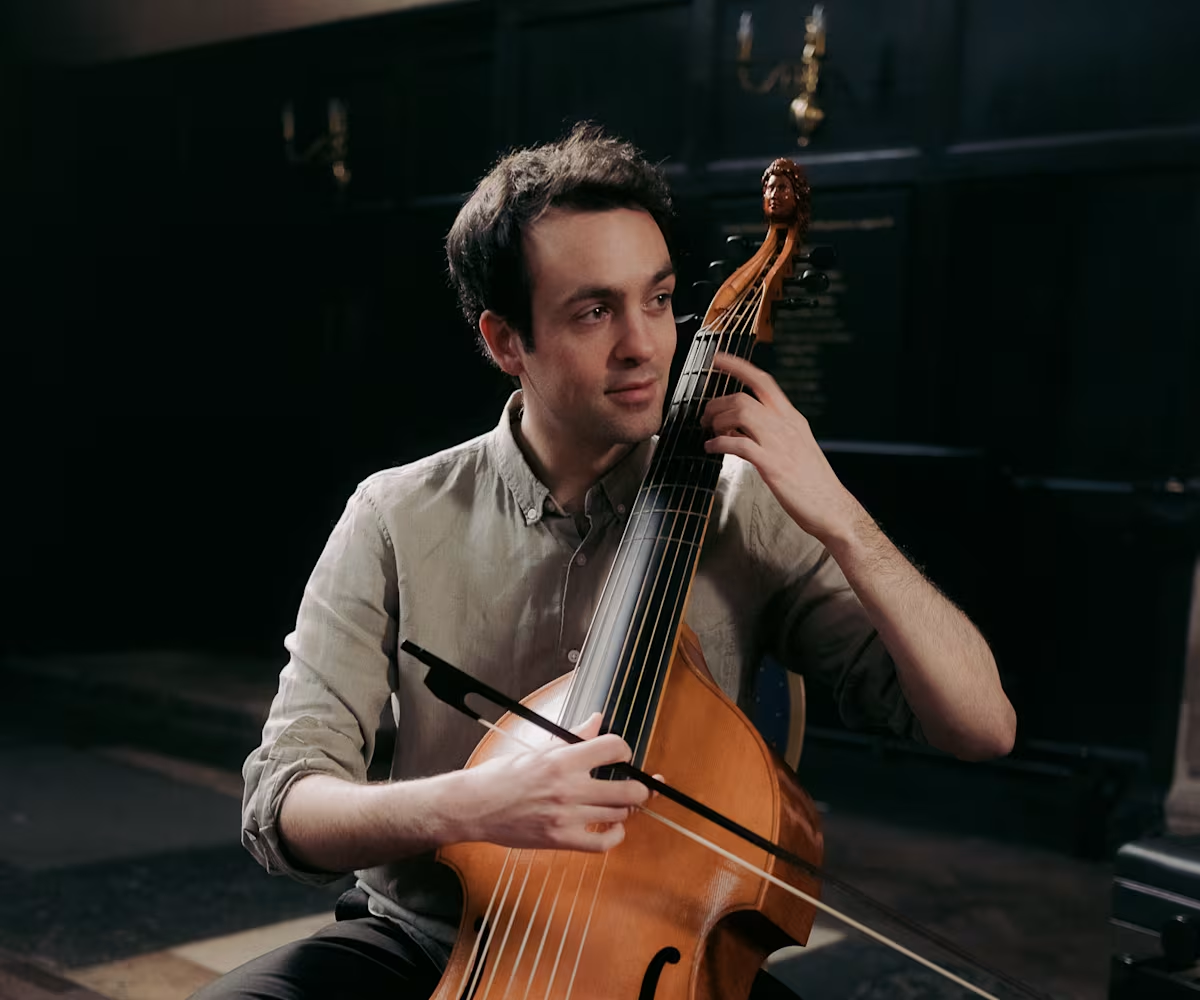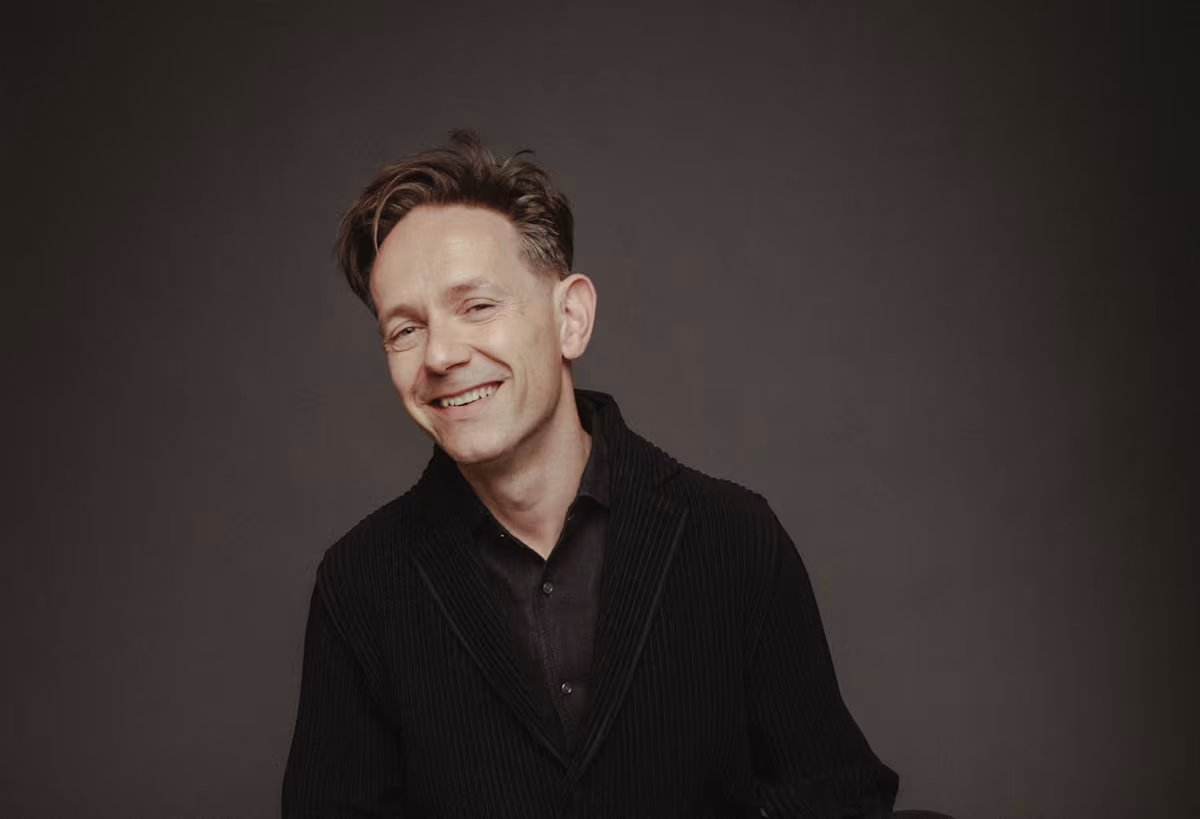Artists
Featured today
Musical & Amicable Society

The original Musical and Amicable Society was founded in 1762 by James Kempson, who directed the choir at St Bartholomew’s Chapel, Birmingham.
Artist Spotlight
In conversation: Nathan Giorgetti
Nathan completed his Master’s degree at the Royal Academy of Music in 2023 as a Christopher Hogwood Scholar, specialising in historical performance on the viola da gamba and baroque cello with Jonathan Manson. During his time at the Academy, Nathan co-founded Intesa, a viola da gamba and voice duo which celebrates the combination of viol and voice across a wide range of repertoire. In 2023-24, he was a Chamber Music Fellow at the Academy as part of Intesa. Nathan is also a core member of Bellot Ensemble, an early music group specialising in 16th and 17th-century repertoire. Bellot was selected as BBC Radio 3’s New Generation Baroque Ensemble 2025-27, and their debut album ‘Cupid’s Ground Bass’ will be released in November 2025. Nathan has played with various leading period performance ensembles, including The Orchestra of the Age of Enlightenment, The Hanover Band, and the Early Opera Company. He is the founder of the Vilalte Festival, a yearly chamber music festival taking place in southern France. The festival has been running for eight years and has put on over 35 concerts.
What non-musical hobbies or interests do you have?
I really enjoy photography as a creative outlet away from music, especially film photography. There’s something refreshing about capturing an enduring snapshot of a moment, contrasted with the ephemeral nature of musical performance.
Who is your favourite composer, and why?
There’s something about Schubert’s music which always moves me. It’s hard to put my finger on it, but it feels timeless and universal.
Performing soon
If you are a professional early music ensemble and would like to be featured here, please contact us

















